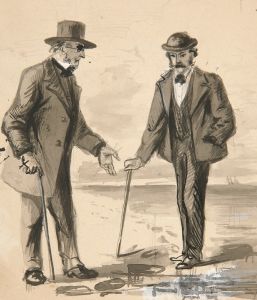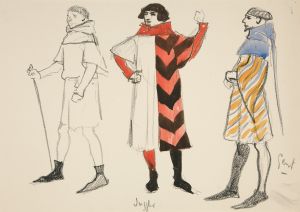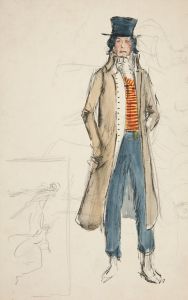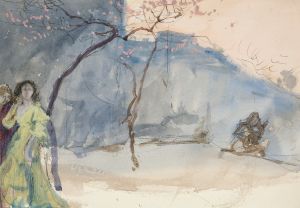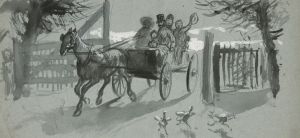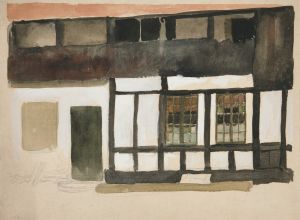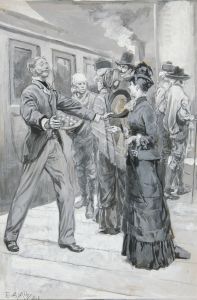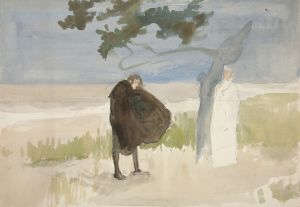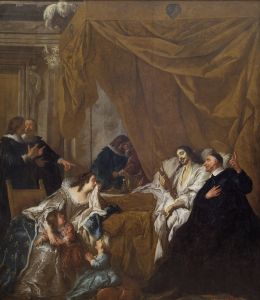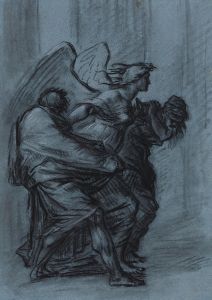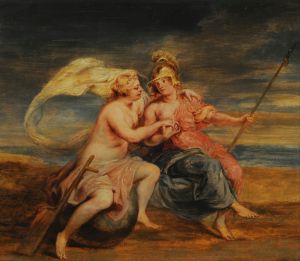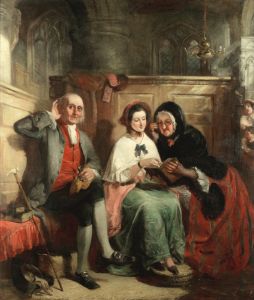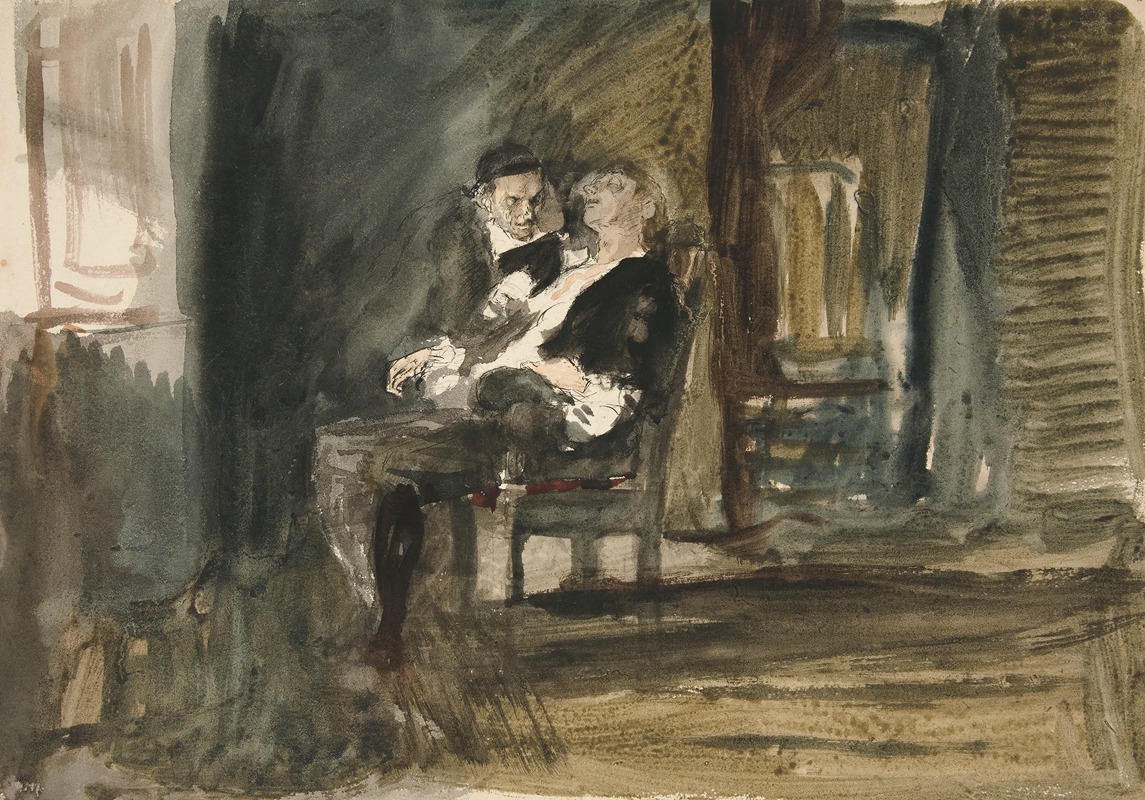
Study for The Scarlet Letter
A hand-painted replica of Edwin Austin Abbey’s masterpiece Study for The Scarlet Letter, meticulously crafted by professional artists to capture the true essence of the original. Each piece is created with museum-quality canvas and rare mineral pigments, carefully painted by experienced artists with delicate brushstrokes and rich, layered colors to perfectly recreate the texture of the original artwork. Unlike machine-printed reproductions, this hand-painted version brings the painting to life, infused with the artist’s emotions and skill in every stroke. Whether for personal collection or home decoration, it instantly elevates the artistic atmosphere of any space.
Edwin Austin Abbey's "Study for The Scarlet Letter" is a notable work that reflects the artist's engagement with literary themes, specifically Nathaniel Hawthorne's classic novel "The Scarlet Letter." Abbey, an American artist born in 1852, was renowned for his illustrations and paintings that often drew inspiration from literature and history. His study for "The Scarlet Letter" is an example of his ability to capture the essence of a narrative through visual art.
Abbey's career began in the realm of illustration, where he gained recognition for his work with Harper's Weekly and other prominent publications of the time. His illustrations often depicted scenes from Shakespearean plays and other literary works, showcasing his skill in bringing written stories to life through imagery. This background in illustration undoubtedly influenced his approach to painting, as seen in his study for "The Scarlet Letter."
"The Scarlet Letter," published in 1850, is a seminal work of American literature that explores themes of sin, guilt, and redemption in a Puritan society. The novel's protagonist, Hester Prynne, is condemned to wear a scarlet letter "A" as a symbol of her adultery. Abbey's study likely sought to capture the emotional and moral complexities of the novel's characters and themes.
In his study, Abbey would have focused on the key elements of Hawthorne's narrative, possibly depicting Hester Prynne in a moment of introspection or public shaming. Abbey's attention to detail and his ability to convey emotion through facial expressions and body language would have been central to his interpretation of the novel. His work often featured a strong sense of atmosphere, which would have been well-suited to the dark and introspective themes of "The Scarlet Letter."
Abbey's study for "The Scarlet Letter" is part of his broader body of work that includes both illustrations and large-scale paintings. His transition from illustration to painting allowed him to explore more complex compositions and themes, often with a focus on historical and literary subjects. Abbey's work is characterized by its meticulous attention to detail, historical accuracy, and the ability to evoke the mood of the period he was depicting.
While specific details about the study for "The Scarlet Letter" may be limited, it is clear that Abbey's engagement with the novel reflects his broader interest in exploring the intersection of literature and visual art. His ability to translate the written word into compelling visual narratives is a testament to his skill as an artist and his deep appreciation for literary classics.
Overall, Edwin Austin Abbey's "Study for The Scarlet Letter" exemplifies his talent for capturing the spirit of literary works through art, contributing to his legacy as a prominent figure in the world of American art and illustration.






